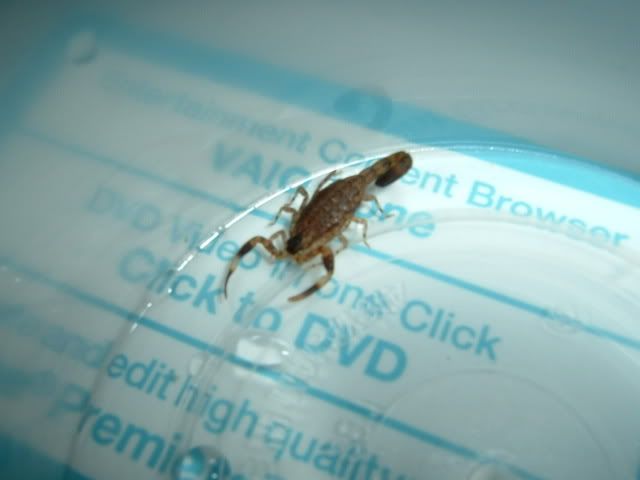- Joined
- Aug 7, 2004
- Messages
- 663
Hey guys, i am not good in ID'ing scorpions so i thought i'd post it here and see if anyone happens to know what species this is. Its around 2 cm (tip to tip) and yes its pretty small so an accurate ID is not possible buy maybe an educated guess ?
oh in case you're wondering, i found this scorpion in between the Buah Duku's i bought today and it came out when i took the duku's out to eat. (Buah Duku is a local Malaysian or maybe asian fruit)
It's kinda weak so hopefully it can survive to grow bigger..

oh in case you're wondering, i found this scorpion in between the Buah Duku's i bought today and it came out when i took the duku's out to eat. (Buah Duku is a local Malaysian or maybe asian fruit)
It's kinda weak so hopefully it can survive to grow bigger..

